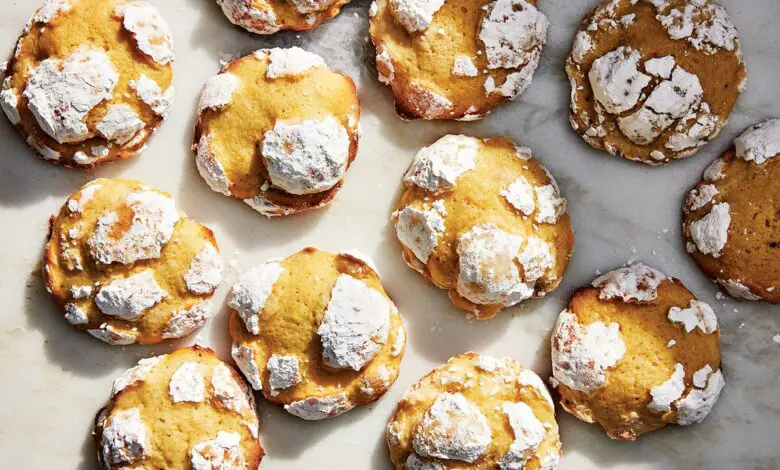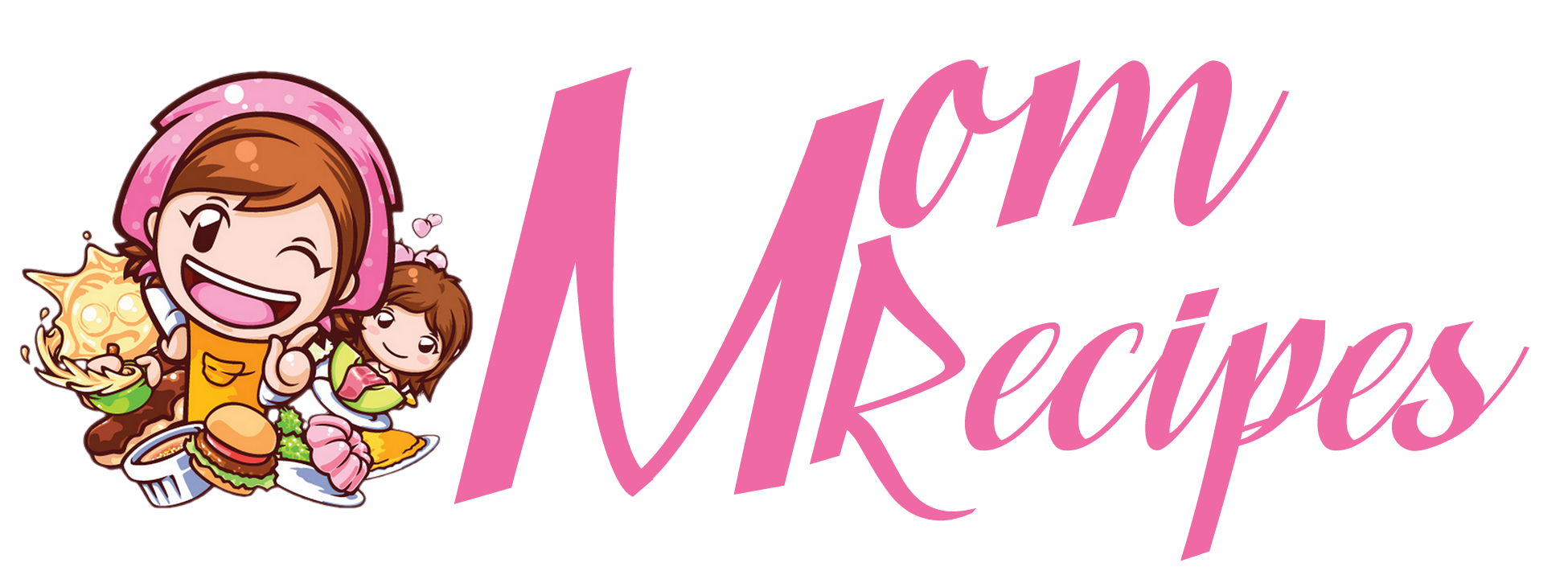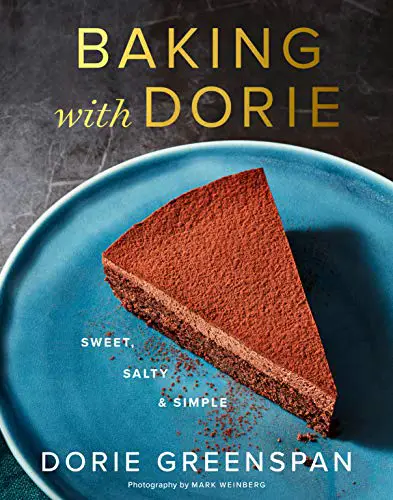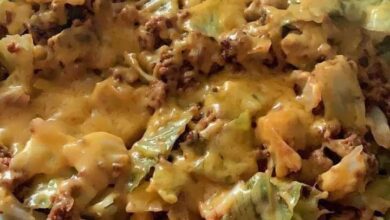
You started the new year with gusto. You bought all the ingredients to make Salted Caramel Apple Cookies as a sweet treat for your future (Very Busy) self. You carefully beat the butter and sugar. You lovingly grated the apples. But when you pulled the tray out of the oven, one half of the batch was perfectly golden and the other was dry and a smidge burnt. Your heart sank like a soufflé gone wrong. And this is where you learned a valuable lesson the hard way: When baking cakes, pastries, and cookies, it’s usually a good idea to rotate your pans.
If you cook from recipes often, you’ve likely stumbled across the instruction to turn your pans 180 degrees about halfway through the bake time. And you’ve also likely wondered, “But do I have to?” Rotating your pans can feel more like a nitpicky suggestion than a hard and fast rule. After all, shouldn’t our modern ovens be able to hold their temperatures? (It’s kinda their one job…) And haven’t grandmas the world over warned us that opening the oven would let all the heat out and collapse our precious cakes? Not to mention, where is the darn oven mitt, anyway?
It’s only when you’ve suffered the loss of a half-burned tray of cookies that you can finally accept the truth: Your oven isn’t perfect, and neither, my friend, are you. Here’s what you need to know about rotating your pans while baking.
How do I rotate my pans?
This part is easy. If you’ve got one pan in the oven, all you need to do is rotate it 180 degrees. If you’ve got two pans in the oven, you’ll want to rotate the pans 180 degrees and swap both of their locations—whether this means they’re side to side, or on two separate racks. Keep this little switcheroo fast, because the longer you’ve got the oven door open, the more heat you’re letting escape and the longer it’ll take for your oven to come back up to temperature. Our suggestion: Keep your kitchen timer and your oven mitts in one handy spot on your counter so you’re not last-minute scrambling around to silence the beeper and hunt for a makeshift potholder.
Why do I need to rotate them, anyway?
Even in the best of all possible worlds, one where your oven is perfectly calibrated, it’s very likely that it has a few spots that are hotter than others. In an electric or gas oven, the heat source is usually at the bottom, meaning your lowest rack will get warmer faster. (The inverse if your oven’s heat source is at the top.) Plus, irregularities in the heat source may make one corner hotter than the other. To avoid one section of your bake drying out or browning too much, you’ll want to rotate your pan to make sure each side gets the same amount of love.
Convection ovens can help a little with this problem because they use fans to circulate the hot air more evenly around your baked goods. But even that won’t save your buns if a large sheet pan is blocking the airflow.
Does what I’m baking make a difference?
If you’ve got an oven with minimal hot spots and good airflow, you’re less likely to end up with an uneven bake. The exception, according to Dorie Greenspan, are cookies and any other treats you’d bake on a large, flat sheet pan. “Baking sheets are big and so air doesn’t circulate around them the way it does with, let’s say, a cake pan, and because of that, I’ll turn them,” she writes in Baking with Dorie.
A good rule of the thumb: The more space a pan takes up in your oven, the less airflow it allows and the more likely you’ll need to rotate it midway through cooking. If you’ve got a small oven, one standard-sized sheet pan can be enough to block all airflow around the oven racks.
So, should I be rotating my pans when roasting anything?
Rotating your pans isn’t just a technique for baked goods and desserts—anything that you’d want to brown evenly could benefit from a quick switch. A recipe for a whole head of cauliflower, for example, where you’d want it to be golden-brown all around, may call for you to rotate your pans.





